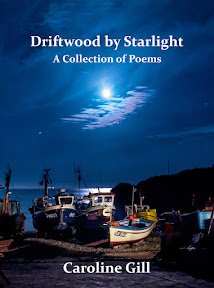According to Symone, the painter "sees an image or metaphor as a literal reality, while the other, seeing it not less vividly but in a more purely mental way, adds a 'like' or an 'as' and the image or metaphor comes to you with its apology or attenuation and takes you less by surprise."
We all know the power of metaphor today in our writing; but are there still instances, I wonder, when a simile does the trick in a way that cannot be matched?
How about:
- My love is like a red, red rose (Robert Burns)
- The Albatross fell off, and sank
Like lead into the sea (Coleridge)
- The ranks pulled closer, tight as a mason packs a good stone wall (Homer in translation)
What poets have said:
- All metaphor is poetry (G.K. Chesterton)
- Simile and Metaphor [are] things inessential to poetry (A.E. Housman)
* N.B. The Little Lamb poem by Blake includes a line of metaphor about the vales rejoicing,
presumably paraphrasing biblical metaphors such as this one from Psalm 65:13:
'The pastures are clothed with flocks;
the valleys also are covered over with corn; they shout for joy, they also sing.'












No comments:
Post a Comment